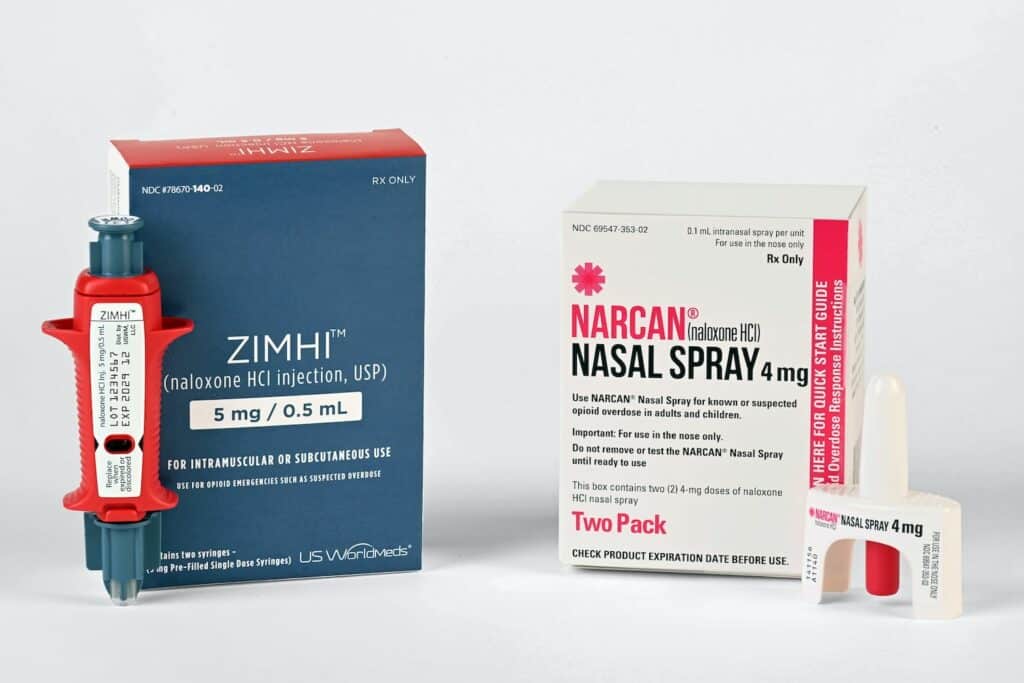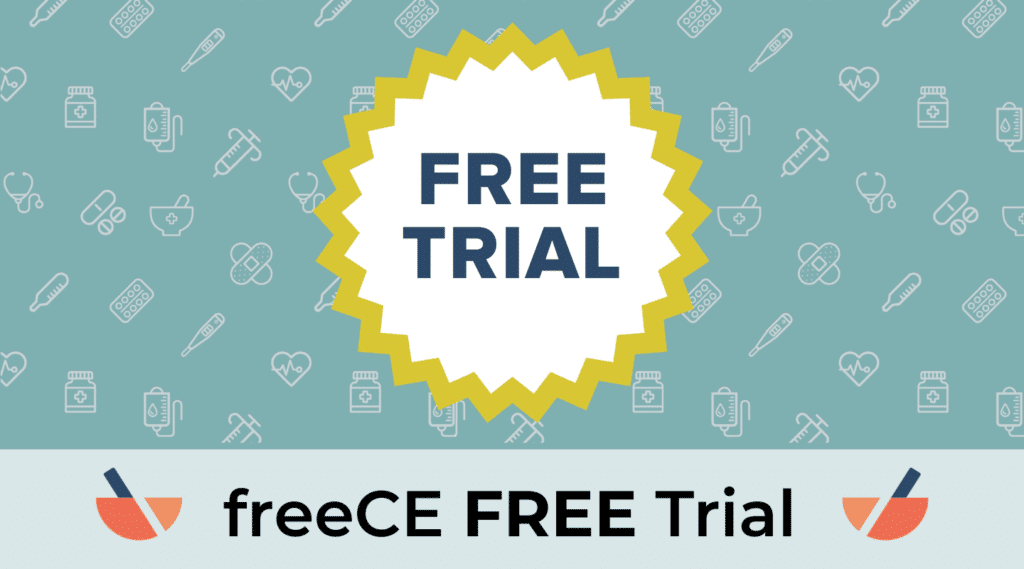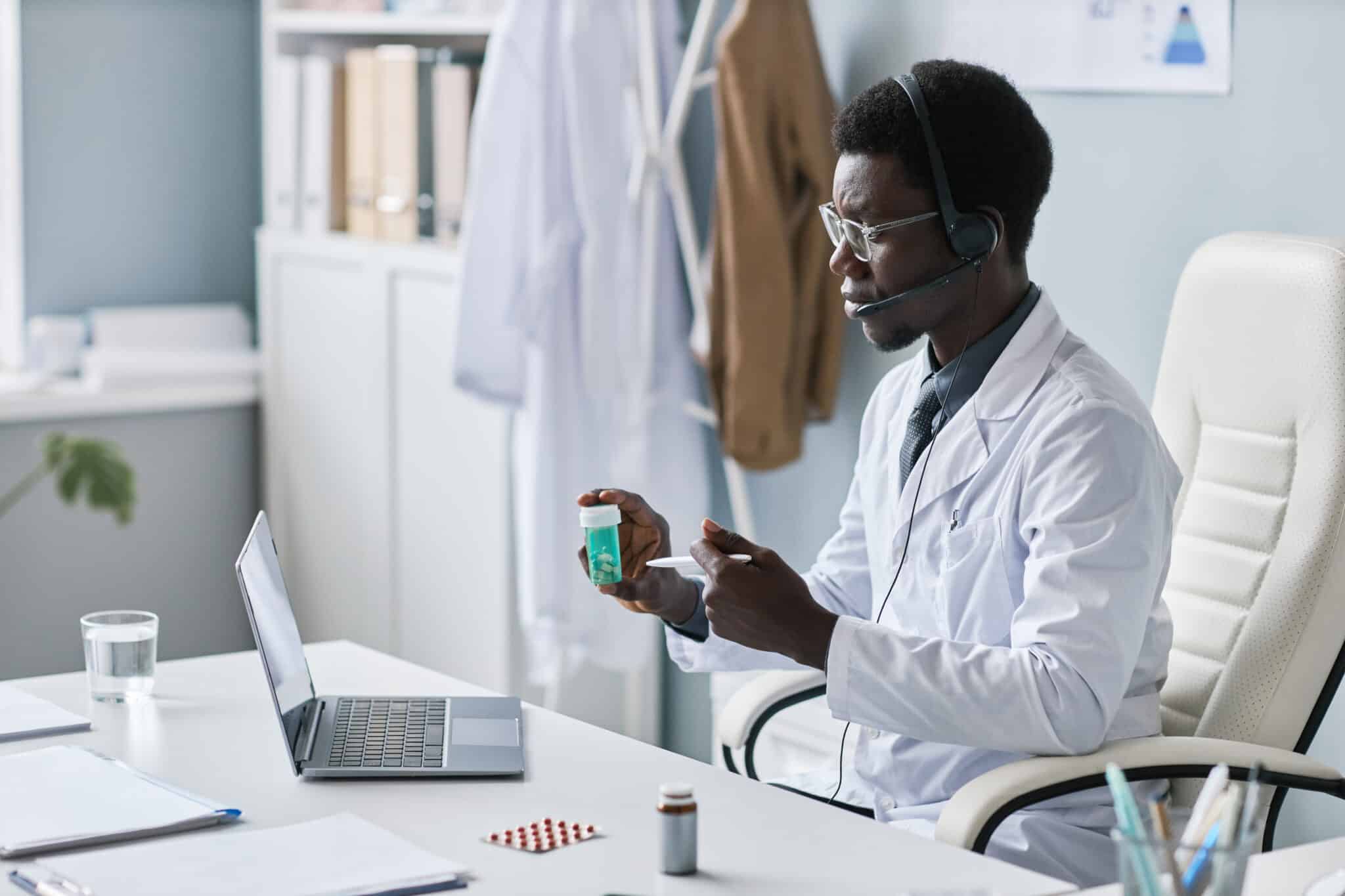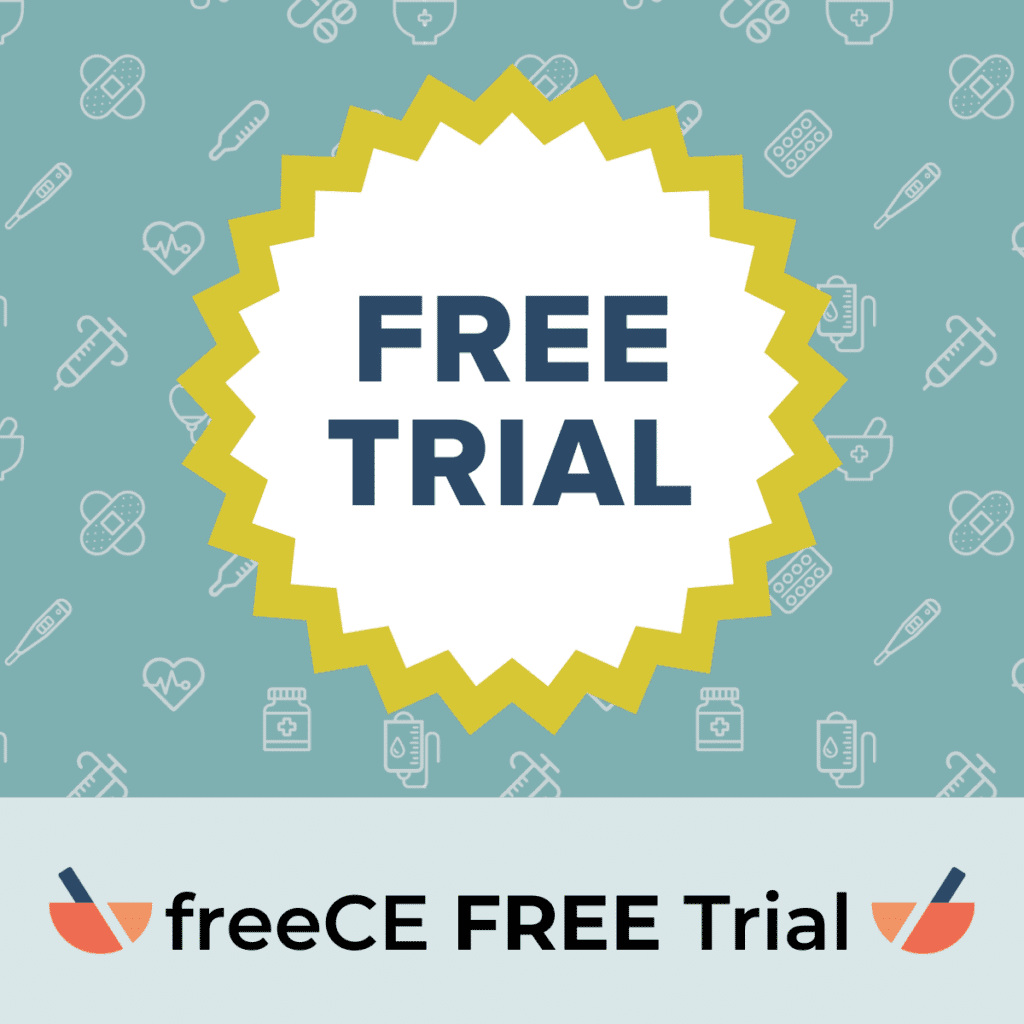The United States faces a substantial public health challenge due to opioid misuse and overdoses. In 2018, there were around 46,802 deaths related to opioids. In response to this crisis, the U.S. Department of Health & Human Services (HHS) introduced a “5-Point Strategy to Combat the Opioid Crisis” in April 2017.
One key aspect of this strategy involves broadening access to naloxone, a medication designed to reverse opioid overdoses. Naloxone, often referred to as the “miracle drug,” has emerged as a powerful and lifesaving tool in the fight against opioid overdose. In this article, we’ll explore what naloxone is, how it works, and its crucial role in reversing the deadly effects of opioid overdoses.
Table of Contents
Understanding Naloxone:
Naloxone is an opioid receptor antagonist, meaning it binds to the same receptors in the brain that opioids latch onto. However, naloxone’s action is quite the opposite – it rapidly displaces opioids from these receptors, essentially reversing their effects. This reversal can restore normal breathing patterns and consciousness in individuals experiencing an opioid overdose.
How Naloxone Works:
When opioids, such as heroin or prescription painkillers, are consumed in excessive amounts, they can overwhelm the respiratory center in the brain, leading to slowed or stopped breathing. Naloxone counteracts this respiratory depression by binding to opioid receptors, blocking the opioids, and restoring normal breathing. Administered in a timely manner, naloxone can be the difference between life and death.
Forms of Naloxone:
Naloxone is available in various formulations:
Injectable Naloxone:
Administered via intramuscular injection or intranasal spray, injectable naloxone is commonly used by healthcare professionals and first responders.
Auto-Injectors:
User-friendly auto-injectors are designed for easy administration. These devices provide step-by-step instructions, making them accessible to individuals without medical training.
Nasal Spray:
Narcan, a nasal spray formulation of naloxone, offers a non-invasive and user-friendly option for bystanders and family members to administer in emergency situations.
Naloxone Accessibility:
Reports have shown that overdoses are typically witnessed by people who are willing to provide assistance. This presents an increased chance for the distribution of naloxone and the implementation of other harm reduction strategies. These initiatives hold the potential to reduce the morbidity and mortality associated with opioid misuse. Recognizing the critical need for naloxone in community settings, many jurisdictions have implemented strategies to increase its availability.
Naloxone, With or Without A Prescription
Some states in the U.S. offer naloxone without a prescription, allowing individuals, family members, and friends to obtain it from pharmacies. This places pharmacists at a key role both in prescribing and dispensing naloxone and in counseling patients and their loved ones about the safety surrounding opioids and the use of naloxone.
Many states have implemented legislation broadening the scope of practice for pharmacists, allowing them to expedite access to naloxone without requiring a patient-specific prescription. This is often achieved through standing orders or collaborative practice agreements. One article examined the effects of Pharmacist Prescribing Authority (PPA) and Naloxone Access Laws (NAL) in increasing access and availability of naloxone. This article showed that PPA-NALs correlated with a statistically notable rise in the dispensing of naloxone in outpatient settings, estimating an average increase of 1324 dispensed naloxone prescription per state per year.
This translates to a yearly increase of 67,524 dispensed naloxone prescriptions. This upswing in dispensed naloxone prescription has the potential to lead to numerous overdose reversals, ultimately saving lives.
Training and Education:
While naloxone is a powerful tool, its effectiveness is maximized when coupled with proper training. Community programs and healthcare providers offer training sessions on recognizing opioid overdoses, administering naloxone, and accessing emergency medical services. Empowering individuals with this knowledge can save lives in emergency situations.
Pharmacists & Verifying Prescriptions of Naloxone
Pharmacists play a role in verifying prescriptions, allowing them to make careful considerations of the dose, strength, and quantity of the opioid for the patient. Effective collaboration and communication with health care providers on the dispensing of opioids such as avoiding extended-release formulations in an opioid naïve patient are important measures pharmacists can take.
Furthermore, understanding Morphine Milligram Equivalents (MME) is crucial for pharmacists due to its role in standardizing opioid dosages and assessing the potency of various opioid medications. MME allows pharmacists to convert and compare opioid doses, providing a common metric for different opioids, as they vary in potency.
Children experience a high rate of overdoses, making it imperative to educate patients on proper storage methods to prevent unintentional ingestion. It is crucial to keep opioids out of reach of both children and pets, as even a small amount could be fatal. Optimal storage involves placing opioids in a locked cabinet or another secure area and ensuring they are not visible in plain sight. Opioids can also be turned in during community drug take back programs. These may be available at specific pharmacies or police stations. Top of FormBottom of Form
Some of the myths surrounding naloxone and opioids pose as educational opportunities pharmacists can take as well. One myth surrounding opioids is that fentanyl doesn’t respond to naloxone. Fentanyl responds to naloxone, although a higher dosage may be necessary compared to overdoses caused by other opioids. Another prevalent myth is the belief that possessing naloxone might encourage drug use. One analogy used by Dr. Anita Jacobson from the University of Rhode Island College of Pharmacy is, “if you have a fire extinguisher at home, you can stop a fire if needed, but it doesn’t make you start a fire.” It’s crucial to emphasize to patients that this medication prevents accidental overdoses and the medication will not induce any adverse effects toward the patient.
Naloxone is a key component of harm reduction strategies.
Naloxone is a key component of harm reduction strategies, which focus on minimizing the negative consequences associated with drug use. By providing naloxone to those at risk of opioid overdose, communities can actively engage in preventing fatalities and facilitating access to treatment and recovery services. As efforts to combat opioid addiction continue, the widespread availability and education surrounding naloxone are crucial elements in the multifaceted approach to save lives, promote recovery, and build healthier communities. Pharmacists play a crucial role in the opioid crisis as the most accessible health care professional. Pharmacists have the expertise to provide patients with in-depth information on the use of naloxone and the ability to guide them on responding to opioid overdose situations.
References:
- Xu J, Mukherjee S. State laws that authorize pharmacists to prescribe naloxone are associated with increased naloxone dispensing in retail pharmacies. Drug Alcohol Depend. 2021;227:109012. doi:10.1016/j.drugalcdep.2021.109012
- S. Department of Health and Human Services. (2023, November 17). Naloxone in the pharmacy setting. National Institutes of Health. https://nida.nih.gov/nidamed-medical-health-professionals/science-to-medicine/medication-treatment-opioid-use-disorder/naloxone-in-pharmacy-setting#:~:text=If%20a%20loved%20one%20is,culture%20of%20sensitivity%20and%20recovery.
- Alex Boulware, The pharmacist’s role in Naloxone dispensing to combat the opioid epidemic. Pharmacy Times. (June 10, 2021). https://www.pharmacytimes.com/view/the-pharmacist-s-role-in-naloxone-dispensing-to-combat-the-opioid-epidemic






